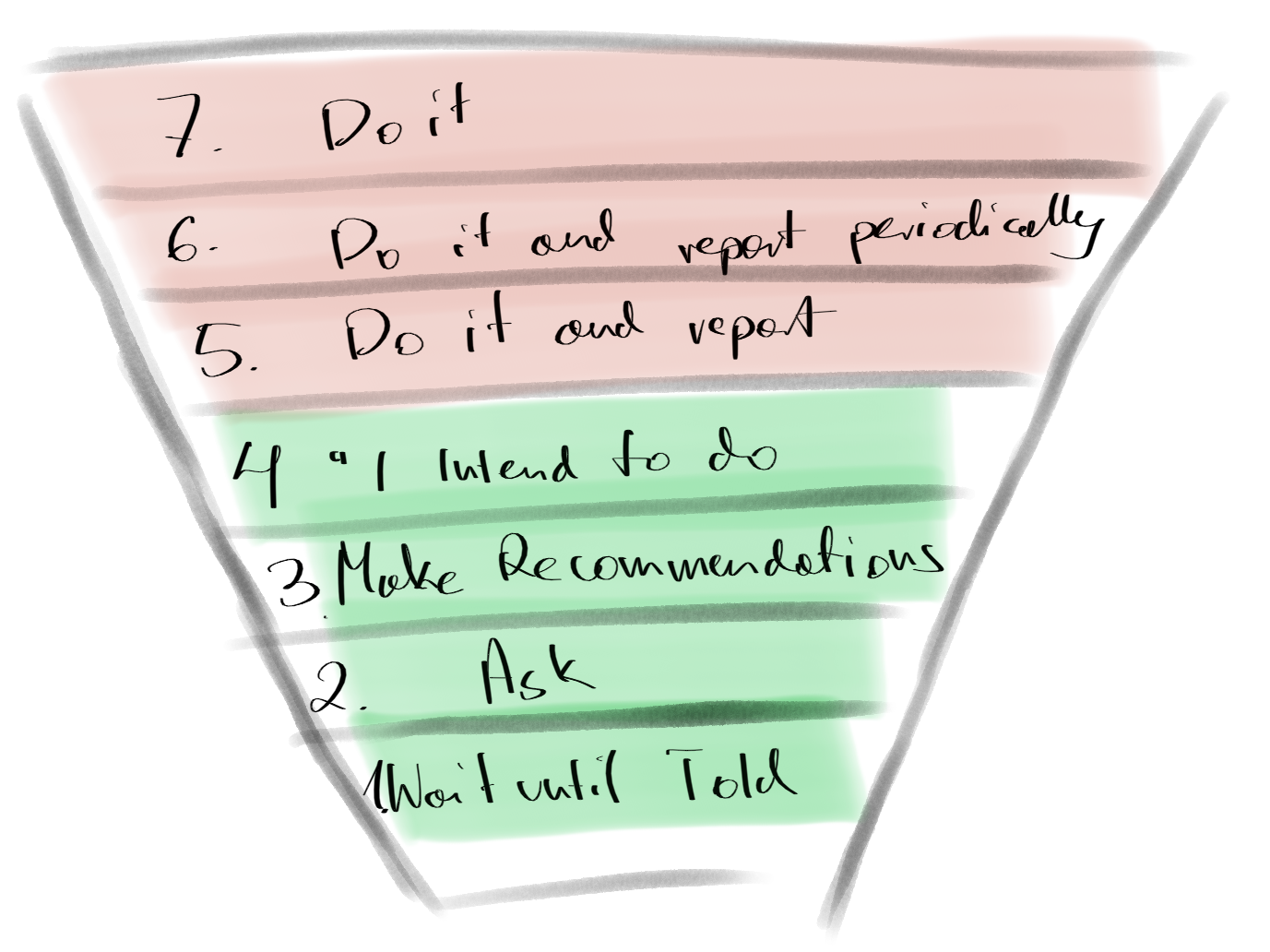Outcome vs Output in Software Engineering - A Critical Balance
Imagine a skilled craftsman meticulously building a wooden chair. The finished chair, sturdy and polished, is the output. But if nobody finds the chair comfortable, the intended outcome, a satisfying seating experience, is not achieved.
This simple example from carpentry resonates deeply with the complex world of software engineering. Have you ever heard of o Software Engineer who does not like to be named Craftsman? The nuance between outcome and output is not philosophical and has profound practical implications. As software engineers, focusing on both aspects can lead to projects that are not only technically sound but also aligned with user needs and business goals.
Output and Outcome
The Output of Software Engineering
What is Output?
Output in the software engineering context refers to the tangible products or deliverables at various stages of development.
Examples:
- Writing a new algorithm to ingest data
- Completing a software module responsible for customer authentication
- Fixing a set number of bugs
Short-term goals align well with immediate targets and development sprints. Focusing solely on outputs may lead to missing the bigger picture or neglecting user satisfaction.
The Outcome of Software Engineering
What is Outcome?
Conversely, the outcome emphasizes the broader impacts of those outputs, focusing on how the end-users interact with the software or how it impacts the overall organizational goals.
Examples:
- Enhancing user experience & satisfaction.
- Increasing customer retention & connection with the product.
Outcomes often correlate with the product’s ultimate goal, aligning activities with overarching objectives. The hardest part of outcomes is ensuring the software meets the real needs of the users. Often outcomes may require a long time to materialize and might be multifaceted - but not always. In my career, I found that small changes (in the processes or code) may produce significant outcomes.
When to say that an outcome is not delivered? For example, when the users love the product, engineers are elated about the code, but the product generates a loss, for example, when the cost of running it is too high.
Managing output vs outcome
The Challenge of Balancing Output and Outcome for Software Engineers
Software engineers often need help balancing immediate outputs and broader outcomes due to the inherent complexities and conflicting priorities in software development. On the one hand, there’s pressure to deliver tangible results quickly, such as completing specific features or meeting sprint deadlines, which emphasizes the output aspect. On the other hand, the broader outcomes, like enhancing user satisfaction or aligning with strategic goals, require a more nuanced understanding of the end-users needs and the organization’s long-term vision. This can necessitate careful planning, collaboration with various stakeholders, and continuous feedback and iteration. Striking the right balance demands technical proficiency, strategic thinking, empathy towards users, and a precise alignment with project-level objectives and organizational goals.
Whose Role Is It to Keep the Balance?
Maintaining the balance between immediate outputs and broader outcomes is a shared responsibility that involves multiple stakeholders within the software development process. While software engineers are at the core, ensuring that their work aligns with both short-term deliverables and long-term goals, project managers and product owners play a vital role in defining clear expectations and keeping the focus aligned with overall objectives. Ultimately Engineering Managers and product owners are responsible for the product. How to distinguish Junior Engineer from Senior Engineer? The difference is that the first should focus mainly on outputs, while the former should focus more on the outcome.
Nevertheless, achieving this balance is a collective effort that requires clear communication and alignment across different roles.
Performance Rating of Software Engineers: An Outcome and Output Perspective
Because of my role as an Engineering Manager, I’ve to asses engineers’ work. In evaluating a software engineer’s performance, both outcome and output can play distinct roles. Traditionally, performance might be assessed based on tangible outputs such as the number of features developed or bugs fixed. While these metrics provide a clear and measurable way to gauge productivity, they can sometimes overlook the broader impact and alignment with organizational goals – the outcomes. I believe the solution is the balance. Balancing both output-oriented metrics and outcome-driven evaluation ensures a more holistic understanding of an engineer’s performance, rewarding the quantity of work, quality, and contextual relevance. This approach promotes a culture that values meaningful contributions and encourages engineers to strive for excellence that resonates with immediate tasks and broader organizational vision.
Strategies to Balance
Balancing output and outcome requires a thoughtful and multifaceted approach that combines various strategies.
- Agile Methodologies can be leveraged to ensure iterative development that values immediate deliverables and alignment with end-user needs. Regular Communication among team members, product owners, and stakeholders helps keep everyone on the same page, emphasizing short-term goals and long-term vision. I want to focus on something other than each specific methodology, like Scrum or Kanban, because all those methodologies assume constant feedback to the process. Adapting to the circumstances is the most crucial skill both companies and people can practice.
- Customer-Centric Development, including regular feedback and user testing, ensures that outputs are geared towards satisfying real user needs, thus aligning outputs with desired outcomes.
Concluding Thoughts
“The operation was a success, but the patient died.”
The phrase grimly illustrates a situation where the immediate task was completed (the operation or output). Still, the ultimate goal was not achieved (the patient’s survival or outcome).
In software engineering, creating a technically flawless piece of software (successful operation) that fails to meet the users’ needs or business goals (patient died) is quite often.
This underscores the critical importance of balancing output and outcome. While outputs are essential for measuring progress and achieving immediate goals, outcomes preserve the process’s broader vision, good software, and user satisfaction.
Appendix: Polish Translations
In Polish, we also have two separate words to distinguish between Output and Outcome.
- Output is translated as “wynik”.
- Outcome is translated as “rezultat”.
Understanding these nuances in translation is crucial, especially when discussing matters in a business or technical context in Polish. This ensures that the intended emphasis, whether on immediate deliverables or broader implications, is clearly communicated and understood.




